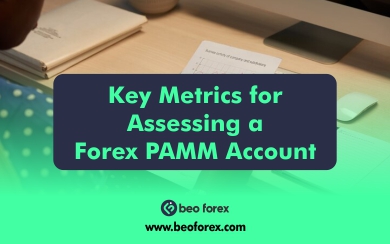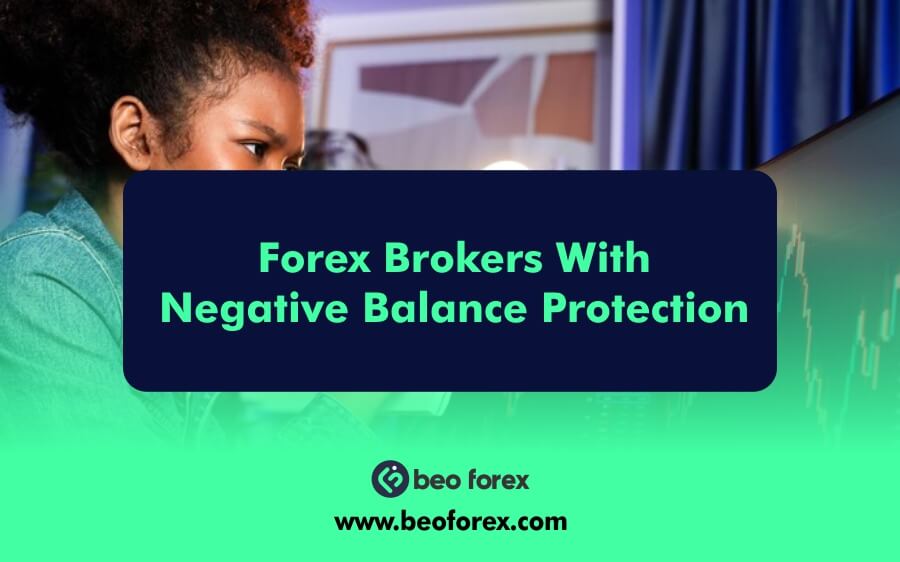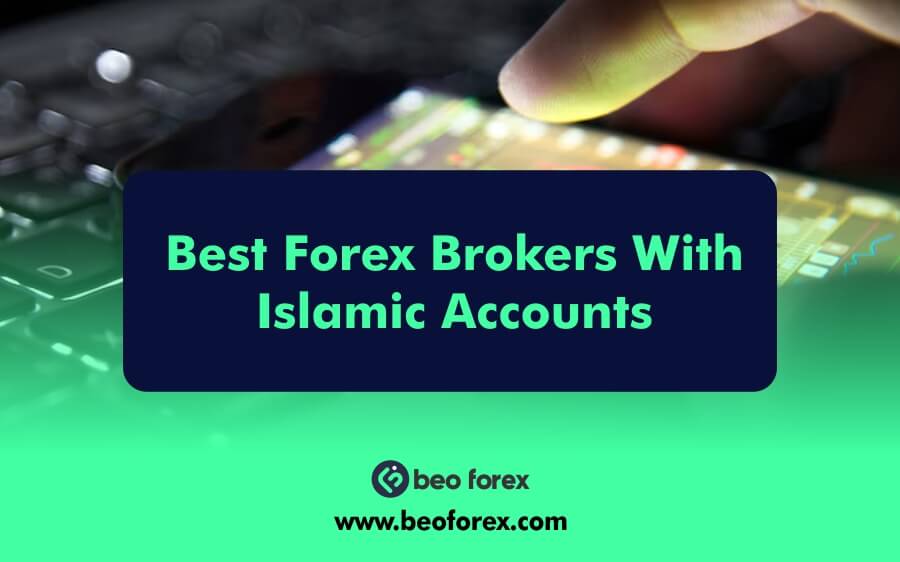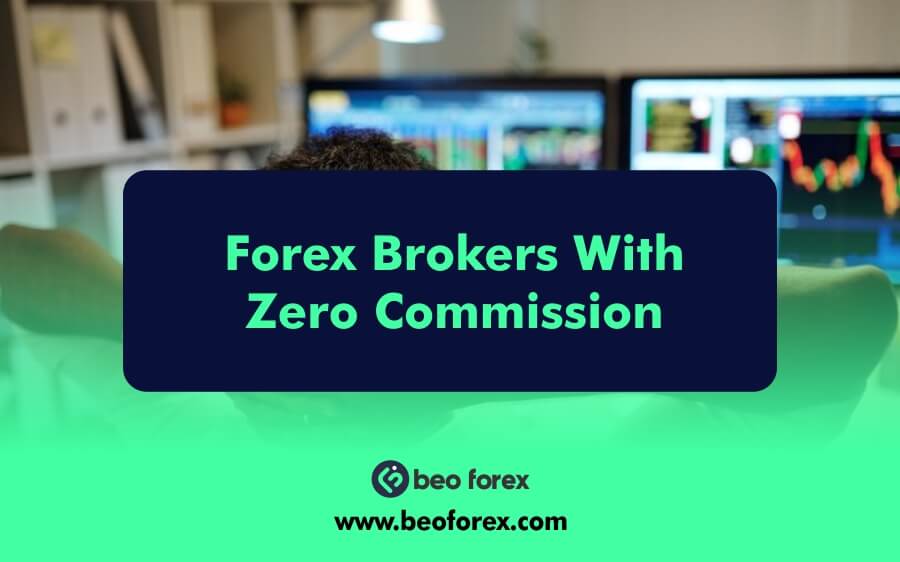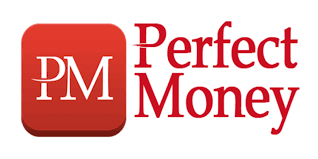What Are the Key Metrics for Assessing a Forex PAMM Account? In the ever-evolving world of forex trading, Portfolio Asset Management Module (PAMM) accounts have gained significant traction among investors seeking a hands-off approach to capital growth. As PAMM accounts gain ever more favor with traders, a critical task becomes determining what should be the primary metrics for their evaluation. It means that whether you’re a seasoned investor or new to the forex scene, learning how to assess a PAMM account will provide you with the capabilities of making the right decisions and assure you of the best possible return on investment. From ROI to drawdown metrics, every single component plays an extremely important role in piecing together the complete picture of a PAMM account’s potential.
In this article, we will look at the key indicators that a financier should pay attention to before entrusting their capital to a PAMM manager.
Key Metrics to Assess a Forex PAMM Account
When it comes to making an investment into a Forex PAMM account, it is very important to be aware of key performance indicators, which should serve as the basis for making an investment decision. Therein, all the potential returns and risks of each account will be represented and give necessary contrast whether the particular strategy under the chosen PAMM manager proves to be effective or not.
Return on Investment (ROI)
It expresses the profitability ratio of the PAMM account in relation to the invested capital. It is expressed as a percentage, and the higher this value is, the better the performance will be. For a more thorough comparison in the selection of the most profitable PAMM accounts, a more detailed research regarding the obtained ROI is needed. Quite often, good ROI is a main criterion of choice because it speaks directly about the size of the profit one may get.
Drawdown
The size of an account’s decline from its peak to its trough during a given time period. One needs to understand both absolute and relative drawdown since they represent risk in different ways. Absolute drawdown deals with the dollar size of loss, whereas the relative drawdown represents the loss as a percentage of value at its peak. The ability to measure drawdown assists investors in judging the potential for recovery in bearish conditions of the market, hence making the risk more understandable.
Consistency of Returns
This metric evaluates a PAMM account in respect of the stability and predictability of its returns over time. Often, consistency is quantified using standard deviation where the low standard deviation means more stable returns. A consistent return profile is important in effective risk management since erratic returns tend to portend volatility and make it difficult for investors to lay out plans for their financial goals.
Risk-Adjusted Return Metrics
It is very important to understand the relationship that exists between risk and return, and that is where the introduction of risk-adjusted return metrics comes into play. The Sharpe Ratio measures the return earned in excess of the risk-free rate per unit of volatility. This gives some indication of how well the account compensates for its risk. A higher Sharpe ratio indicates a more favorable risk-return profile. On the other hand, the Sortino Ratio isolates downside volatility because it measures return per unit of downside risk. Thus, it turns out to be an appropriate measure for investors who are more worried about potential losses than volatility as a whole.
Maximum Drawdown
Maximum drawdown refers to the deepest loss observed from peak to trough in value in the account. It is a very important risk metric and, as such, it is relevant for investors with low tolerance for risk. High maximum drawdown could reflect a higher volatility; managing losses may be difficult, which is a factor to take into consideration by a conservative investor when selecting a PAMM account.
Account Age and Performance History
The age factor of the PAMM account and its historical performance are great factors to know. An older account with a history of consistent returns creates more confidence among investors. They have been through various market conditions and thus are considered to be resilient and sound. Thereafter, an investor has to check the history of the account’s performance in order to understand how it performs over time.
Manager’s Trading Strategy
To invest in the head’s PAMM account, an investor should clearly know the trading strategy being applied. Investors should ask the manager the following questions: What time frame does this strategy belong to, and does it trade with positions for several days or hold longer-term positions? Which asset class does this strategy belong to? What is the experience of a manager or his qualification? By understanding these things, the investor aligns their risk tolerance and investment goals with the PAMM account’s approach for a better fit in their investment strategy.
Frequently Asked Questions (FAQs)
What is a PAMM account?
- A PAMM account is an investment account where several investors combine their funds and entrust these funds to a professional trader or manager. In turn, he performs trading operations in favor of the investors, while further distribution among investors proceeds according to the size of their shares in the investment.
How Do I Choose the Right PAMM Account Manager?
- To select the right manager of the PAMM account, consider his track record, his trading strategy, his principles of risk management, and transparency. Seek out managers with consistent returns, a strategy that matches your level of risk tolerance, and clear communication regarding performance and related fees.
How often should I assess a PAMM account’s performance?
- It is advisable to check, from time to time, the PAMM account performance on a monthly or quarterly basis to measure the actual performance against your goals in investment. This helps you to keep abreast of any changes in strategy or performance trends of interest to you for further action.
What is the difference between absolute return and relative return?
- The absolute return describes the total return from an investment, whether market conditions are high or low. On the other hand, relative return is the degree of an investment return in comparison to a benchmark index or other investment alternatives. Knowing both is crucial in determining how successful a PAMM account has been.
Are high returns always indicative that something is going well with a PAMM account?
- Not necessarily, since high returns are always with higher risks. The sustainability and consistency of such returns are of essence to consider when reflecting on the risks before making any investment decisions.
What are the risks associated with an investment in PAMM accounts?
- Trading PAMM accounts presumes a few risks: market risk, manager risk, and liquidity risk-that one cannot withdraw money quickly enough. Besides, there is a risk of insufficient control over trading decisions for an investor.

